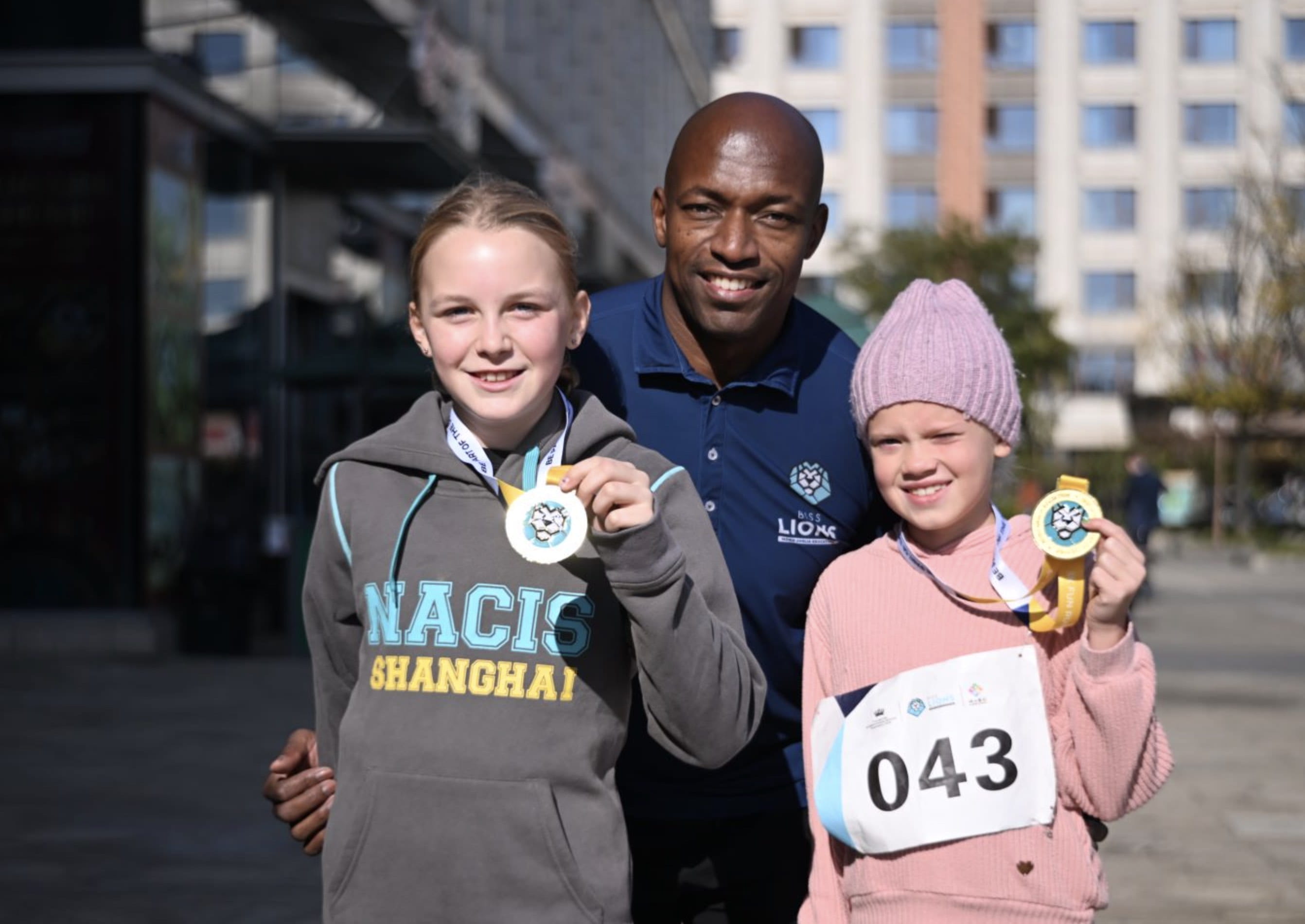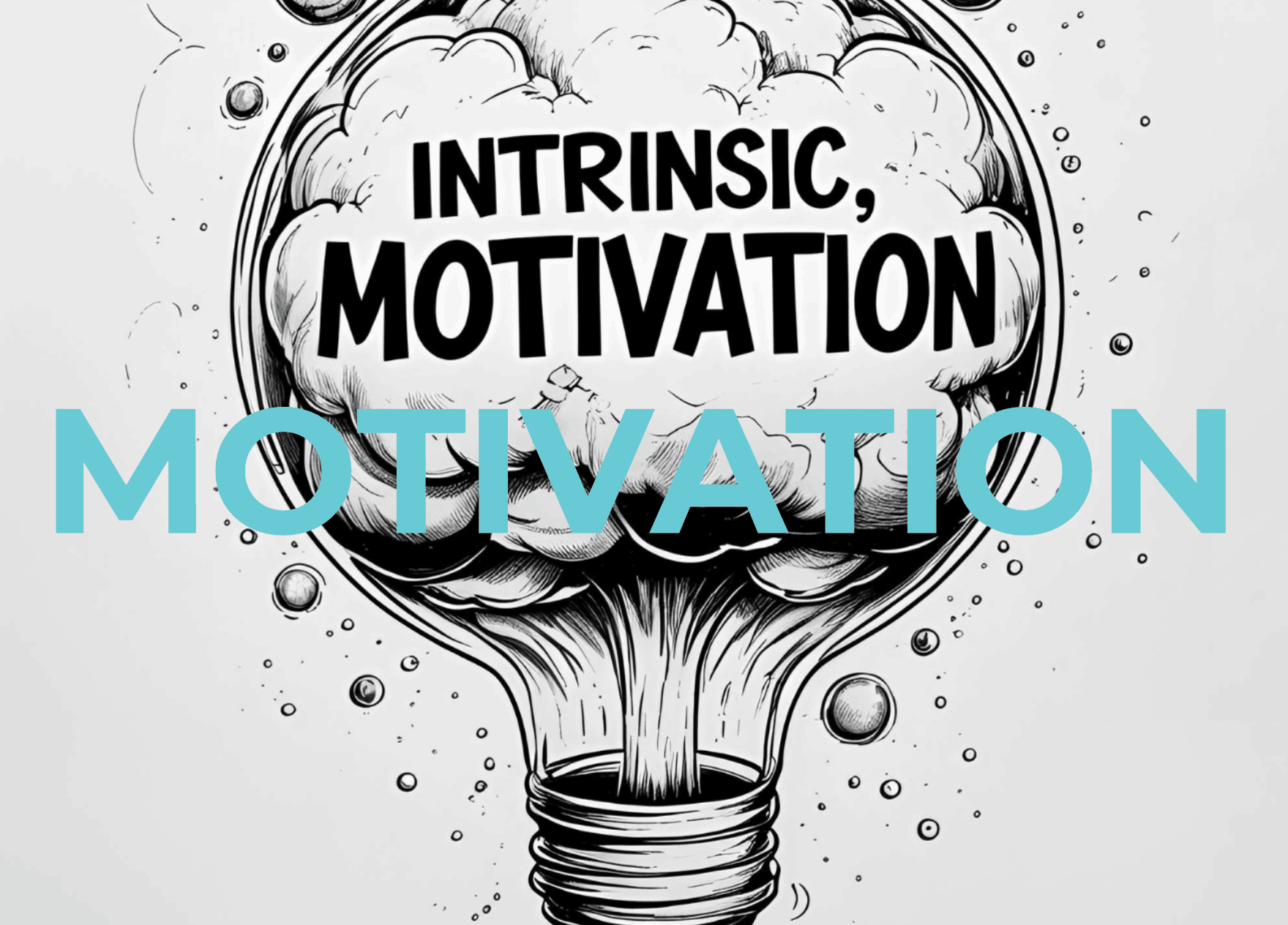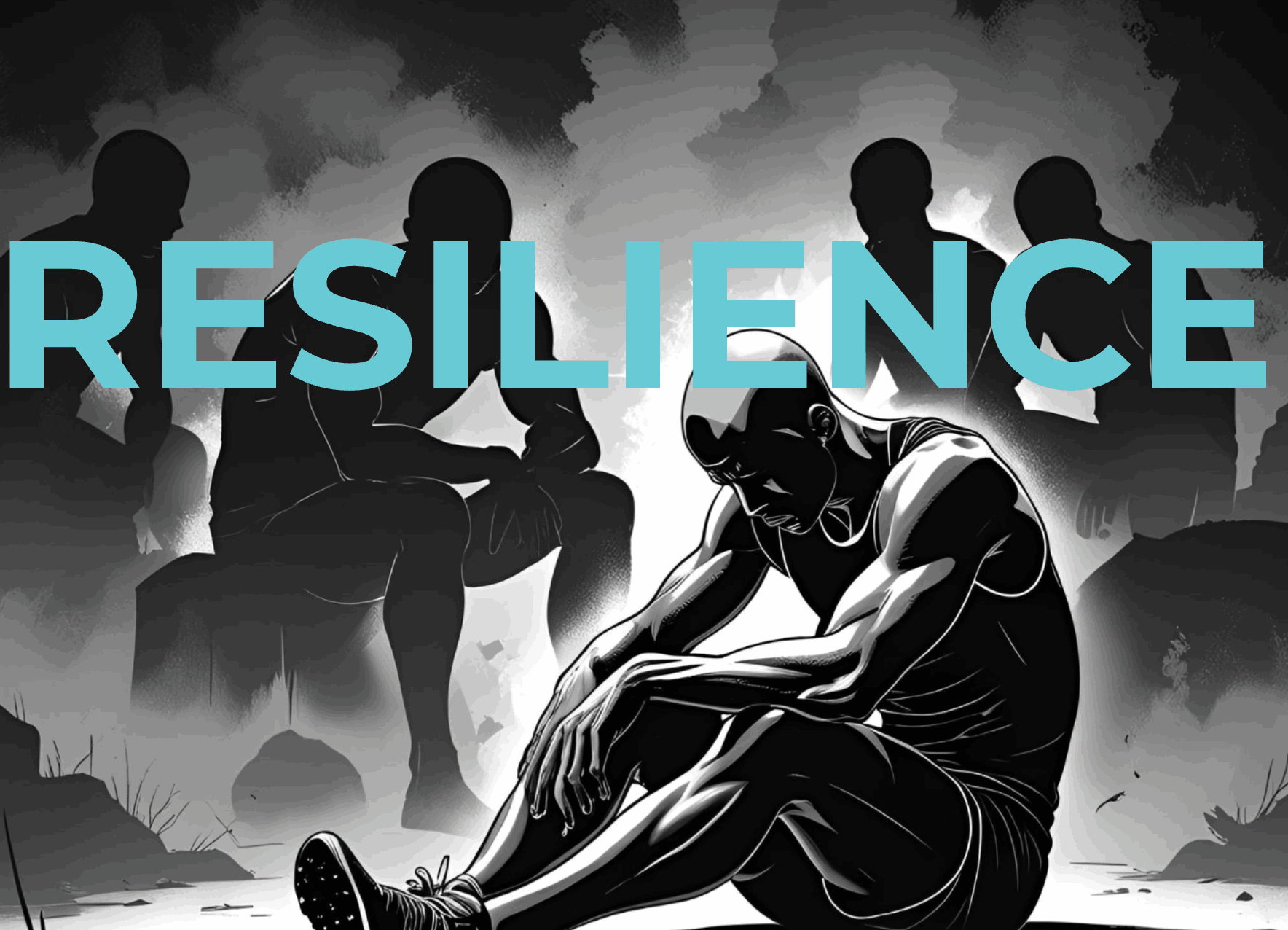
ELITE ATHLETE | PERFORMANCE COACH | P.E. TEACHER
Motivation is a personal journey. While I might enjoy a grueling training session, I understand that others may find the thought of enduring long hours on the track daunting. Therefore, it’s essential to look within yourself for inspiration, rather than solely seeking it from others.
Elite performers draw upon their internal resources to find motivation during tough times, whether facing challenging training sessions or the often mundane administrative tasks that we tend to procrastinate.
Connecting with the Bigger Picture
To truly understand motivation, you need to understand yourself. One aspect of working at BISS Puxi that I value is getting to know the students more deeply, encouraging them to clarify what their "biggest picture" is. The school's “Be Ambitious” philosophy aims to help children become the best they can be, and part of my role is to guide them in understanding what that looks like through sport. Each child's “biggest picture” represents their unique vision of success and serves as an anchor during difficult times.
In modern sports, elite athletes often have access to psychologists who help them gain clarity on their goals and motivations. A study by Deci and Ryan (2000) highlights the importance of intrinsic motivation, showing that individuals who engage in activities for their own sake are more likely to persist in the face of challenges and experience greater satisfaction. This reinforces the value of helping students connect their motivations to their personal goals, fostering resilience and commitment in their pursuits.
While I accessed such resources later in my career, I believe that organically learning about your own motivation through experimentation and experience can also yield significant benefits.
While my journey to understanding my motivation may have been slower than that of today’s athletes, I gained a deeper empathy for what I wanted by trying, failing, and learning from my mistakes. I believe that consistent practice and action create a strong connection between daily activities and one’s "biggest picture."
Honestly, while I loved training for the 100m and 200m, I despised the 400m training! Maintaining power, form, and speed over 400m felt like an eternity. Logically, I knew that the stamina I built from these sessions would benefit my 200m running, yet I struggled to fully engage my motivation and perform at my peak. I needed to strengthen the connection between my “biggest picture” and the specific action of 400m endurance training.
Emotional and Mental Clarity
Motivation resides in the mind; it’s an emotional muscle that must be trained as diligently as physical strength. First, I needed clarity on the “why” of what I was doing and what success looked like. Next, I had to make strong associations between my motivation and the action, in this case, the 400m.
Extroverts often find clarity by engaging with others and drawing energy from their surroundings. I always aimed to surround myself with positive individuals who inspired me. I was fortunate to have mentors who challenged my preconceptions and guided me positively.
Conversely, introverts gain clarity and energy from their own space, allowing their minds to formulate ideas. An introvert’s mind can be vivid and powerful when given the freedom to breathe and explore its own truth. This variability underscores the need for personalized approaches to motivation; one must experiment, fail, learn, and ultimately find their own path.
One reason I entered education was the hope of becoming a mentor to others. I enjoy working with diverse personalities and finding ways to help students unlock their potential. As parents, teachers, and coaches, helping children articulate their “biggest picture” enables them to internalize their motivations and empowers them when they need it.
I was first introduced to psychological coaching by Roger Black and Mark Richardson, who encouraged me to work with Paul McKenna. Although I was unfamiliar with Paul, my respect for Roger and Mark motivated me to give it a try.
Paul guided me through visualization techniques, helping me create a vivid image of success in my mind. We fine-tuned my "biggest picture" to ensure it was bright and compelling.
We also explored techniques to make this vision more accessible, including kinesthetic anchors to activate my motivation. Each athlete is different, and I found my own way; I developed the Marlon Devonish dorsiflex cue, curling my toes before a race to trigger peak physical, technical, and mental readiness. This was practiced long before competition.
Motivation Needs Action to Stay Sharp
Like any muscle, motivation requires regular exercise to remain effective. Whenever I focused on the emotional aspects of my performance, I took immediate action to test and build my strengths. I immersed myself in 400m training to challenge my limits and explore opportunities for improvement.
When I work with students passionate about sports, we focus on the physical, technical, and emotional dimensions. While it may seem like fun on the surface, I always strive to understand more, challenge them, and push them to excel, as they, like I did, embark on a journey to find motivation and define their own "biggest picture."
Conclusion:
Motivation is a deeply personal and evolving journey. I encourage you, whether you’re a student, parent, or educator, to reflect on your own motivations and what your “biggest picture” looks like. Identify the intrinsic elements that drive you and find ways to connect your daily actions to that vision. Remember, there is no one-size-fits-all approach; it’s about experimenting, learning, and adapting to find what works best for you.
Elite performers draw upon their internal resources to find motivation during tough times, whether facing challenging training sessions or the often mundane administrative tasks that we tend to procrastinate.
Connecting with the Bigger Picture
To truly understand motivation, you need to understand yourself. One aspect of working at BISS Puxi that I value is getting to know the students more deeply, encouraging them to clarify what their "biggest picture" is. The school's “Be Ambitious” philosophy aims to help children become the best they can be, and part of my role is to guide them in understanding what that looks like through sport. Each child's “biggest picture” represents their unique vision of success and serves as an anchor during difficult times.
In modern sports, elite athletes often have access to psychologists who help them gain clarity on their goals and motivations. A study by Deci and Ryan (2000) highlights the importance of intrinsic motivation, showing that individuals who engage in activities for their own sake are more likely to persist in the face of challenges and experience greater satisfaction. This reinforces the value of helping students connect their motivations to their personal goals, fostering resilience and commitment in their pursuits.
While I accessed such resources later in my career, I believe that organically learning about your own motivation through experimentation and experience can also yield significant benefits.
While my journey to understanding my motivation may have been slower than that of today’s athletes, I gained a deeper empathy for what I wanted by trying, failing, and learning from my mistakes. I believe that consistent practice and action create a strong connection between daily activities and one’s "biggest picture."
Honestly, while I loved training for the 100m and 200m, I despised the 400m training! Maintaining power, form, and speed over 400m felt like an eternity. Logically, I knew that the stamina I built from these sessions would benefit my 200m running, yet I struggled to fully engage my motivation and perform at my peak. I needed to strengthen the connection between my “biggest picture” and the specific action of 400m endurance training.
Emotional and Mental Clarity
Motivation resides in the mind; it’s an emotional muscle that must be trained as diligently as physical strength. First, I needed clarity on the “why” of what I was doing and what success looked like. Next, I had to make strong associations between my motivation and the action, in this case, the 400m.
Extroverts often find clarity by engaging with others and drawing energy from their surroundings. I always aimed to surround myself with positive individuals who inspired me. I was fortunate to have mentors who challenged my preconceptions and guided me positively.
Conversely, introverts gain clarity and energy from their own space, allowing their minds to formulate ideas. An introvert’s mind can be vivid and powerful when given the freedom to breathe and explore its own truth. This variability underscores the need for personalized approaches to motivation; one must experiment, fail, learn, and ultimately find their own path.
One reason I entered education was the hope of becoming a mentor to others. I enjoy working with diverse personalities and finding ways to help students unlock their potential. As parents, teachers, and coaches, helping children articulate their “biggest picture” enables them to internalize their motivations and empowers them when they need it.
I was first introduced to psychological coaching by Roger Black and Mark Richardson, who encouraged me to work with Paul McKenna. Although I was unfamiliar with Paul, my respect for Roger and Mark motivated me to give it a try.
Paul guided me through visualization techniques, helping me create a vivid image of success in my mind. We fine-tuned my "biggest picture" to ensure it was bright and compelling.
We also explored techniques to make this vision more accessible, including kinesthetic anchors to activate my motivation. Each athlete is different, and I found my own way; I developed the Marlon Devonish dorsiflex cue, curling my toes before a race to trigger peak physical, technical, and mental readiness. This was practiced long before competition.
Motivation Needs Action to Stay Sharp
Like any muscle, motivation requires regular exercise to remain effective. Whenever I focused on the emotional aspects of my performance, I took immediate action to test and build my strengths. I immersed myself in 400m training to challenge my limits and explore opportunities for improvement.
When I work with students passionate about sports, we focus on the physical, technical, and emotional dimensions. While it may seem like fun on the surface, I always strive to understand more, challenge them, and push them to excel, as they, like I did, embark on a journey to find motivation and define their own "biggest picture."
Conclusion:
Motivation is a deeply personal and evolving journey. I encourage you, whether you’re a student, parent, or educator, to reflect on your own motivations and what your “biggest picture” looks like. Identify the intrinsic elements that drive you and find ways to connect your daily actions to that vision. Remember, there is no one-size-fits-all approach; it’s about experimenting, learning, and adapting to find what works best for you.








